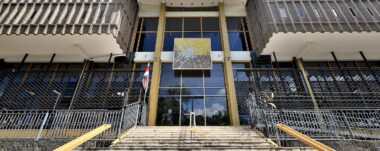Costa Rica launches ocean forecasting system on Cocos Island
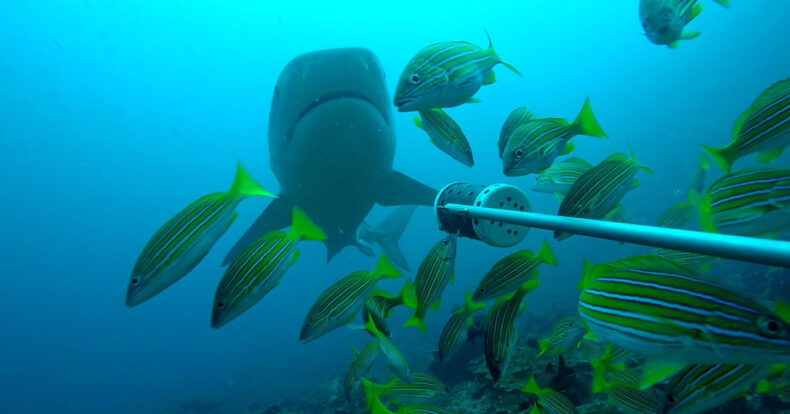
Costa Rica launches ocean forecasting system on Coco Island to strengthen marine safety and conservation
Costa Rica has implemented a new ocean forecasting system on Cocos Island with the aim of improving marine safety, supporting environmental conservation, and strengthening the country’s digital monitoring capabilities. The project, called Ocean Prediction for Costa Rica (OP4CR), began in early 2025 and is the result of a partnership between Mercator Ocean International, the European Union, and several Costa Rican institutions, including SINAC, the University of Costa Rica, and the Friends of Cocos Island Foundation (FAICO).
The OP4CR is designed to provide real-time data and predictions on ocean conditions such as currents, waves, temperatures, and other key indicators. This information is especially relevant for Cocos Island National Park. The park is a UNESCO World Heritage Site. The project covers Costa Rica’s Exclusive Economic Zone, which extends over more than 574,000 square kilometers of ocean.
Costa Rica strengthens ocean management with a preventive approach
The main objective of the system is to facilitate informed decision-making by authorities, researchers, and local stakeholders. For example, the platform can forecast sea currents up to ten days in advance, allowing tour operators to assess safety for activities such as diving or sailing. In the event of dangerous conditions being predicted, companies can avoid risk areas, thereby reducing accidents and material losses.
Beyond improving safety, the forecasting system is a valuable tool for marine conservation. It allows for the monitoring of environmental variables such as chlorophyll levels and primary production, which are essential for assessing ecosystem health. The data generated can help identify sensitive regions. It can also track pelagic species such as tuna, turtles, and marine mammals. Additionally, it allows for the analysis of climate change scenarios and their impact on the marine environment.
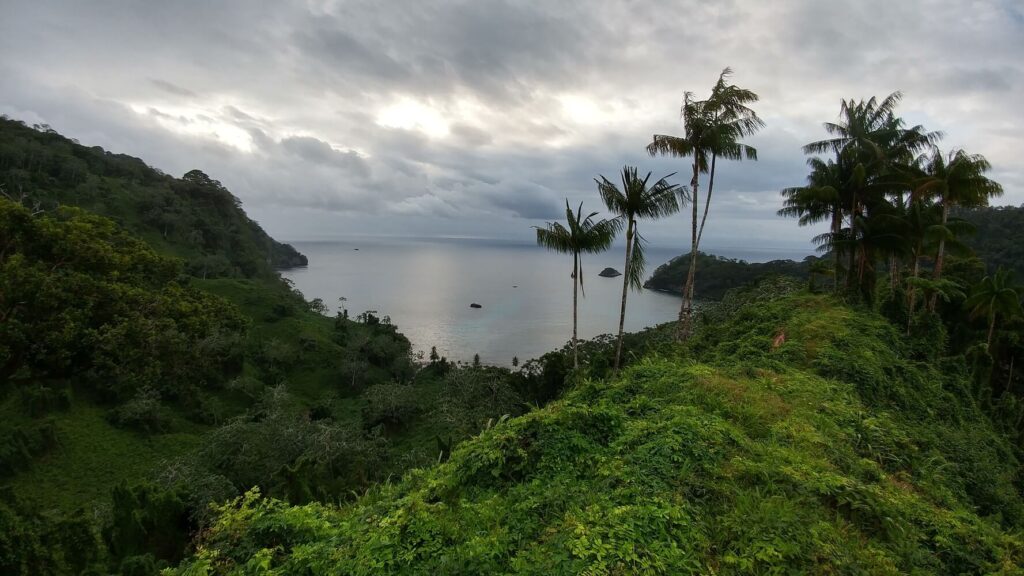
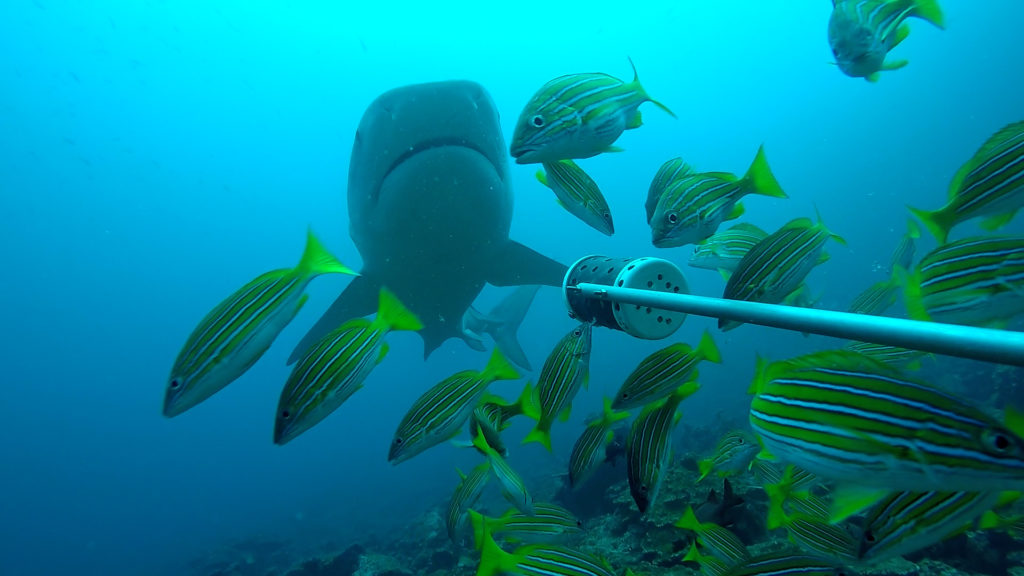
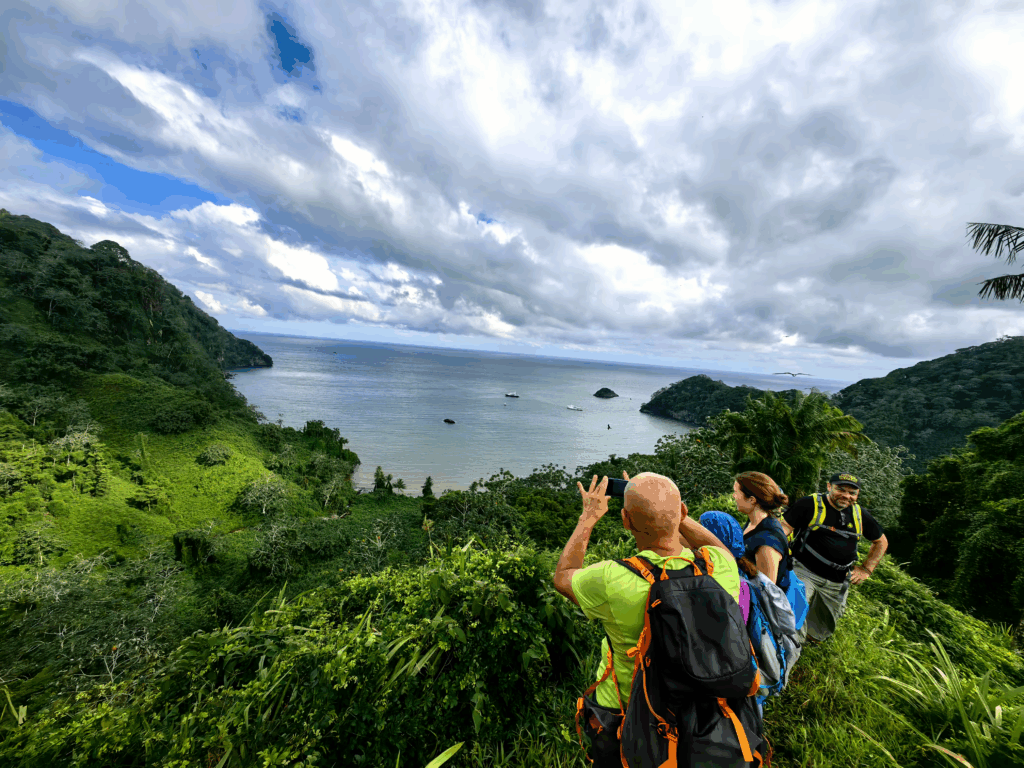
The OP4CR project is part of a broader effort to modernize marine protection in Costa Rica. It complements recent improvements such as the installation of advanced radar systems on Cocos Island, which strengthen surveillance and combat illegal fishing. With the integration of digital tools and predictive analytics, there is a shift from reactive to proactive management of marine resources.
Extensive coverage and practical utility
Costa Rican authorities and international partners consider OP4CR a milestone in the sustainable management of the country’s ocean resources. According to David Chavarría, director of SINAC, the project will provide new tools and training to staff, improving their ability to use technology in conservation efforts. Esteban Herrera, director of the Cocos Marine Conservation Area, highlighted that the system will expand monitoring capabilities, supporting not only control and enforcement, but also broader conservation applications.
With approximately €300,000 in funding from the European Union, OP4CR will run until December 2026. Its collaborative approach—bringing together government, academia, NGOs, and international experts—sets a precedent for future marine protection initiatives in the region.
As a result, it would be possible to monitor pelagic species, which are marine organisms that live in both surface and mid-water layers and limit their contact with the seabed and coastline, such as tuna, turtles, marine mammals, and even plankton, and establish projections under different climate scenarios.
Sensorial Sunsets
Navigate articles





